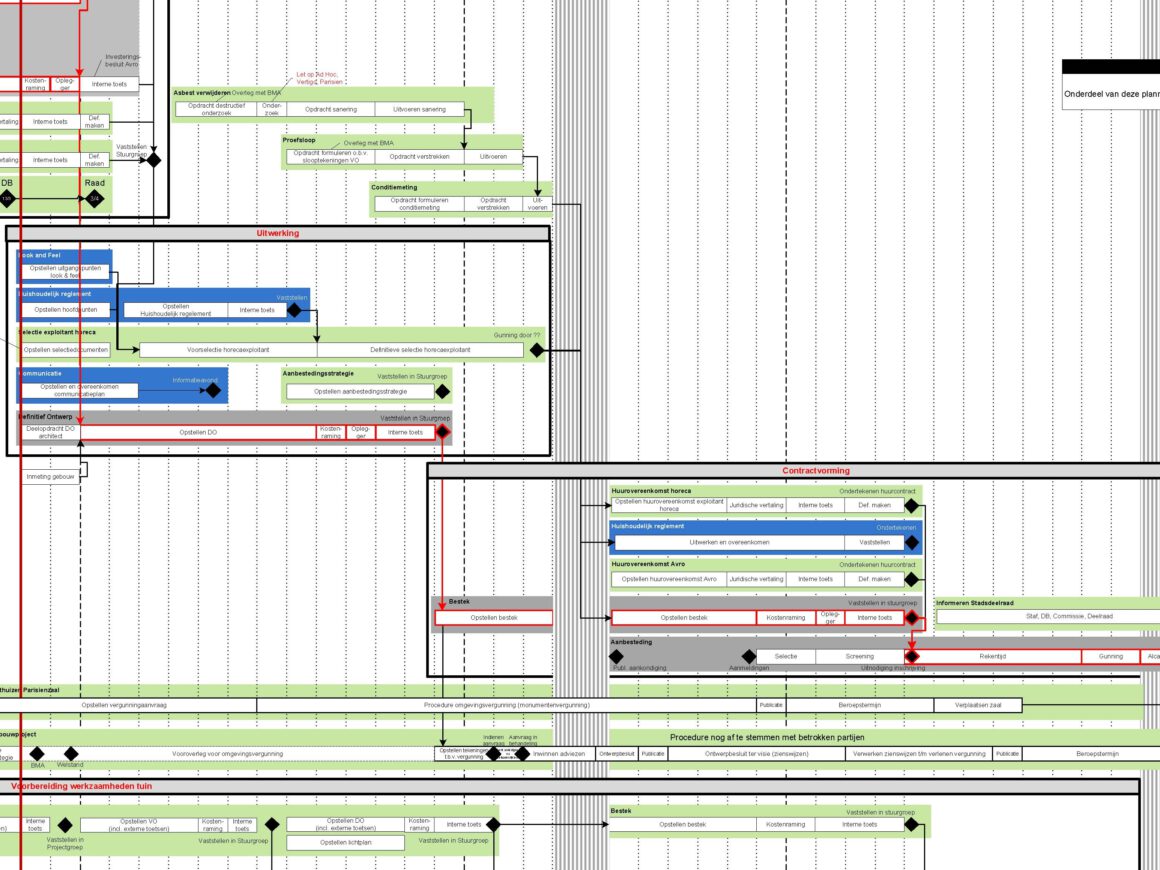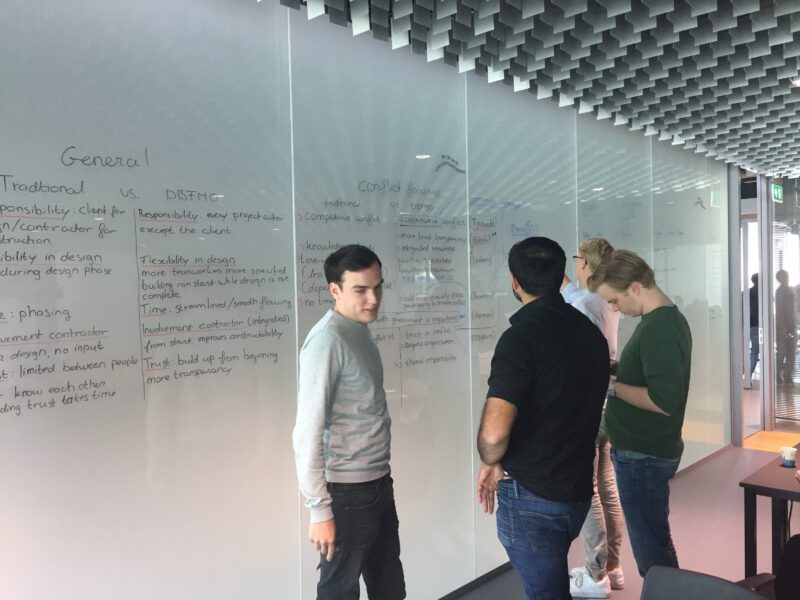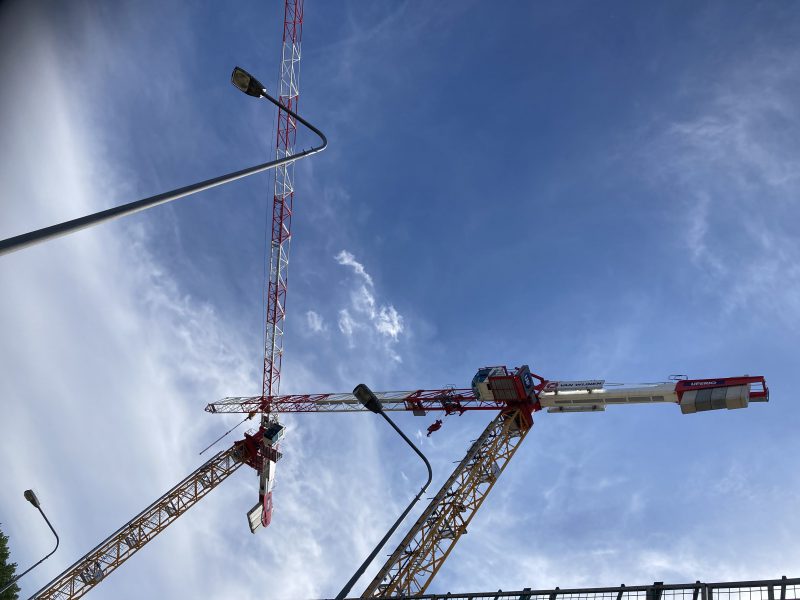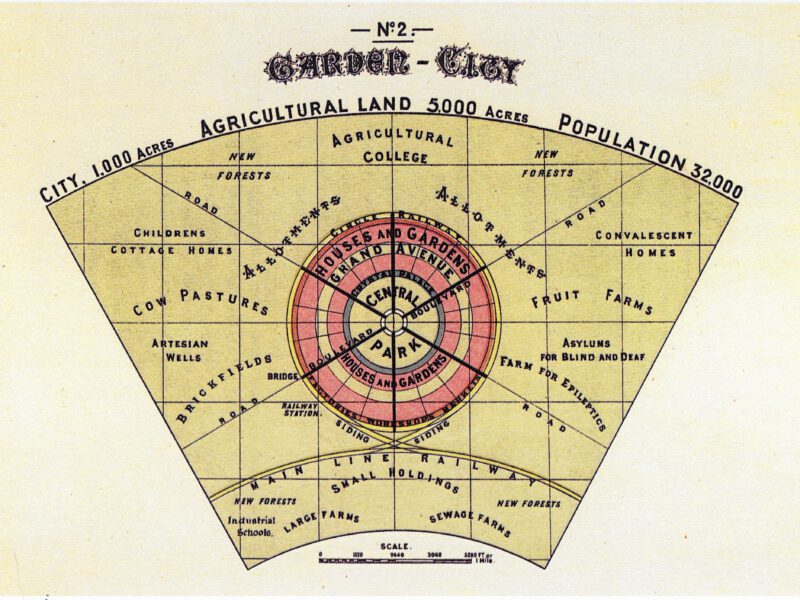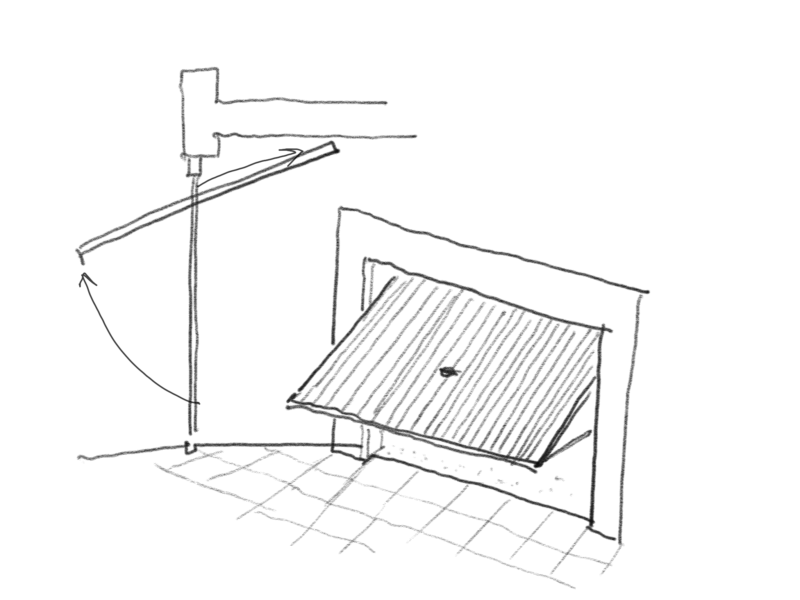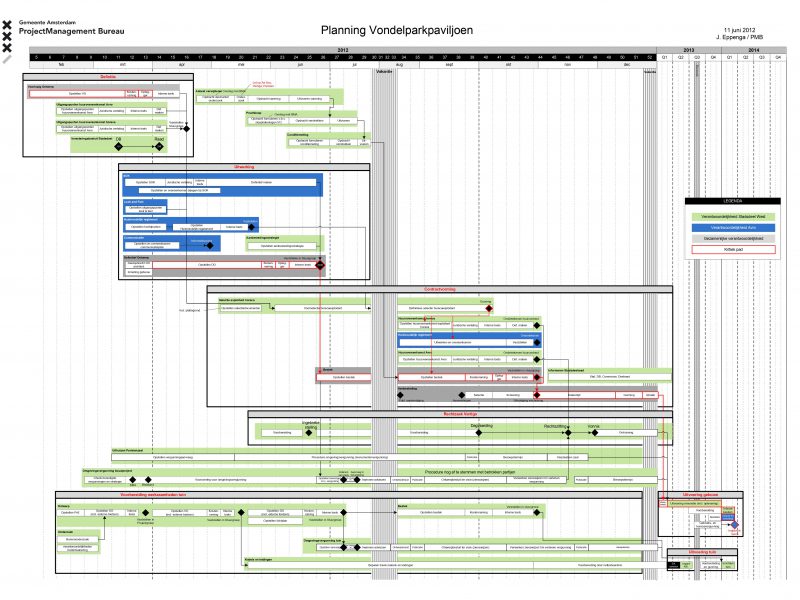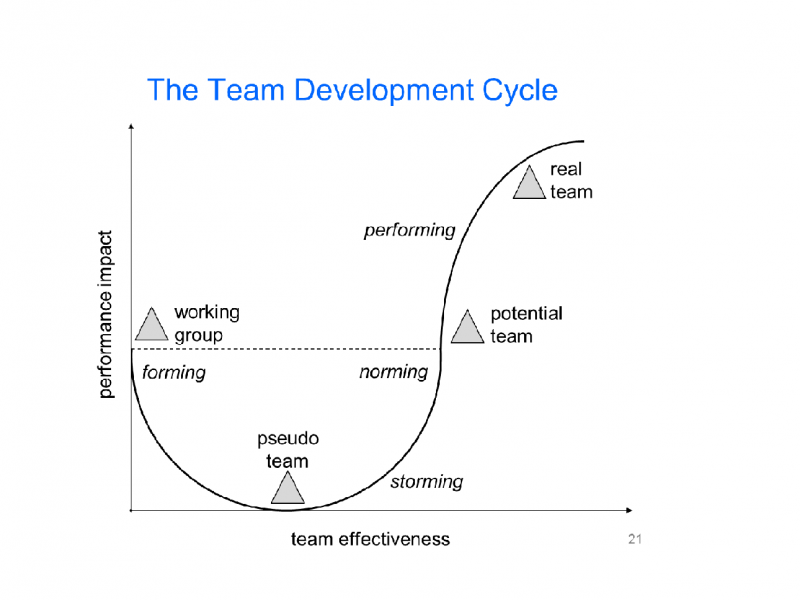The human species is capable of many things, but we still are very bad in predicting the future. Nothing is more uncertain than the time ahead. ?Out of the million graduated economists in the world only a handful predicted the economic downturn we are today?(Dobelli 2013, 52). The future is unpredictable! Nevertheless, we continue to make schedules and plans for the future. Why?
When I was the manager the renovation of the ?Vondelpark pavilion?, a historical building in the city center of Amsterdam I asked a colleague to create an over-all time schedule. We used it during our workshop Friday September 11th.
The schedule was made back then based on interviews with all important stakeholders in the project: the clients AVRO and City District, the architect, the garden designer, the engineers, the financial expert, the managers of sub-projects, and me of course. All team members gave feedback on the draft schedule resulting in an integrated schedule everyone thought realistic.
The schedule was formally approved by the stakeholders and clients.
A striking feature of the schedule was the level of uncertainty. Designing a plan can be described as ?a quest for certainty?. But it is strongly influenced, like we discussed during workshop, by opinions, personal views, personal experience, Optimism Bias or Strategic Misrepresentation but also external processes, rules that cannot always be managed, for example legislations, bankruptcy, legal procedures, conflicts, misunderstanding, opposition to design, the learning ability of the team, teamwork or a client changing his mind.
With united strength we did, over time all the tasks and actions taken into account in the mentioned schedule. To everyone?s relief, we were able to finish all main and subtasks of the project in due time and the building was delivered, on time and according to the agreements with the clients. Clients satisfied!
But looking back, I honestly have to say, nothing, and I mean nothing, went exactly as originally planned. If we should draw a schedule now representing the real course of actions the whole thing would look completely different. Predicting is a nasty thing!
Still a schedule is extremely helpful to be able to manage.
Planning together is a process in which everyone gains insight in each other?s work and the relationship between actions of parties will become clear. However, the result of this ? the schedule ? is just an encapsulation of a moment in time. As I said we can?t predict the future and we designed a ?future perfect? to get a hold of the process ahead.
As things never go as planned, you would expect tension and irritation, between the different project partners during the process could occur. You could expect questions like: ?Why are you later with your deliverables?” ,or ?Why did you not plan your contribution well??,or ?Why didn?t you take this or that into account??.
But this was not the case with the ?Vondelpark pavilion?. The reasons for this could be that:
– Everyone was involved in the process of creating the overall planning and all accepted it for real in advance,
– When reality turned out to be different, it was accepted by team members, because they all gave feedback and accepted the schedule for real,
– One time, the team had to help you out, if your work was not going as planned, but the other time it was the other way around. If you are reasonable to your partners, they will be so to you. This is how team spirit was build
– Planning together made us realize, that we were all in it together for the better and the worse.
To conclude: scheduling is very helpful and important to give insight, not only to the manager but also to your team and client. And by planning together, a flexible attitude between team members was possible and working together became a norm instead of blaming each other if milestones were not reached. This is why I think it?s better to draw schedules together with your team and client instead of making a schedule on your own.
